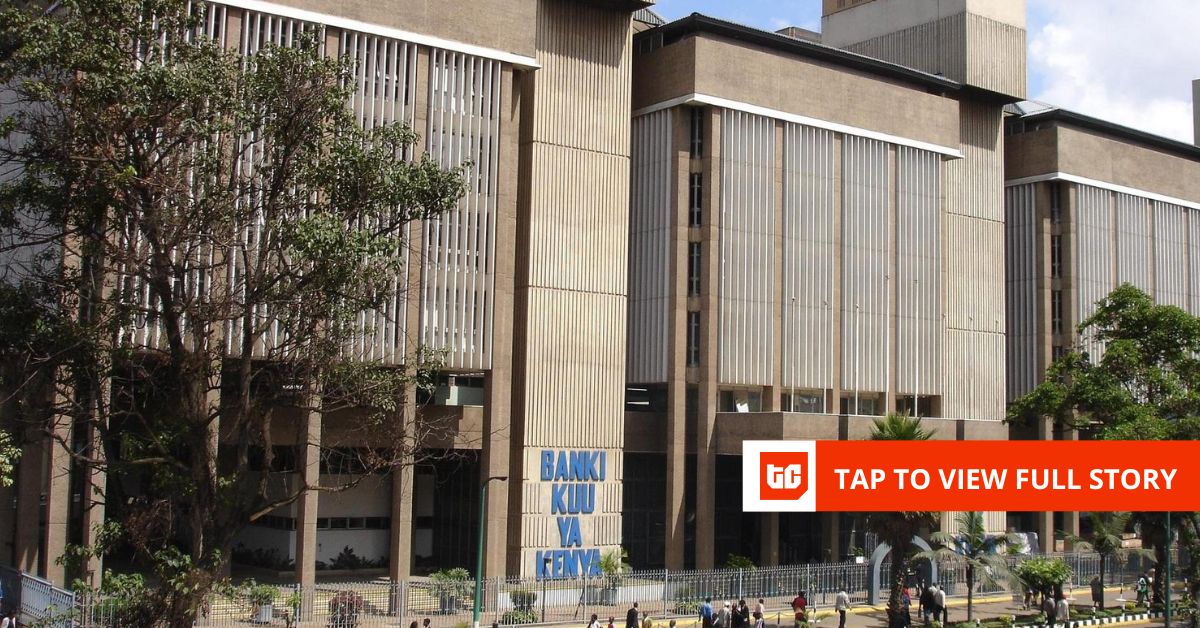A MYSTERIOUS ancient society was using hollowed-out bones to take drugs inside an “exclusive” psychedelics chamber.
The long-abandoned drug den was where ancient Andeans would consume hallucinogens as part of strange “vision-seeing” rituals.
8

8

8
This “Chavín” society lived in the Andes two thousand years before the Inca empire.
And scientists say these lesser-known people “access to altered states of consciousness” by taking psychedelics.
Scientists say the drug-consuming bone tools are the earliest evidence of the use of “psychoactive plants” in the Peruvian Andes.
The hollow bones were turned into ancient snuff tubes, and were found in stone chambers inside a prehistoric ritual site.
It’s called Chavín de Huántar, a ceremonial site high up in the mountains of Peru, at an elevation of around 10,000 feet.
They would conduct “exclusive rituals” inside private chambers that could only hold a few people at a time.
Researchers say this would’ve created an “air of mystique and control”.
“Taking psychoactives was not just about seeing visions,” said archaeologist Daniel Contreras, who worked on the discovery.
“It was part of a tightly controlled ritual, likely reserved for a select few, reinforcing the social hierarchy.”
These chambers were contained inside massive stone structures at the site – and were built around 3,000 years ago, before being sealed 500 years later.
And they would’ve had “profound, even terrifying” experiences after taking the drugs.
“To those who inhaled, the supernatural might have felt like a force beyond comprehension,” the University of Florida explained.
“And that was precisely the point.
“By controlling access to these altered states, Chavín’s rulers established a potent ideology.

8

8

8
“And convinced their people that their leadership was intertwined with mystical power and part of the natural order.”
Evidence of nicotine from wild relatives of tobacco was found, as well as vilca bean residue, which is a hallucinogen related to DMT.
Researchers believed that the rituals were used to reinforce the authority of leaders and create a class structure.
“The supernatural world isn’t necessarily friendly, but it’s powerful,” Contreras, of the University of Florida, explained.
Chavín de Huántar EXPLAINED
Here’s what you need to know…
Chavín de Huántar is an important archaeological site.
It’s located high in the Peruvian Andes, at an elevation of around 10,000 feet.
The Chavín culture developed between 1500 BC and 300 BC.
That means the society predates the Incan Empire by thousands of years.
The site was a pilgrimage destination as well as a ceremonial site.
The site itself was built just over 3,000 years ago, and occupied right up until around 400-500 BC.
It features multiple large stone structures that are remarkably well-preserved.
It was eventually abandoned, leaving some ceremonial sites unfinished.
“These rituals, often enhanced by psychoactives, were compelling, transformative experiences that reinforced belief systems and social structures.”
Trumpets made from conch shells were also found at the site.
And researchers think that the chambers were designed to “enhance” musical performances using these trumpets.
“One of the ways that inequality was justified or naturalized was through ideology,” Contreras said.

8

8
“Through the creation of impressive ceremonial experiences that made people believe this whole project was a good idea.”
Contreras added: “It’s exciting that ongoing excavations can be combined with cutting-edge archaeological science techniques to get us closer to understanding what it was like to live at this site.”
This research was published in the journal PNAS.








